Porsche Cayenne Turbo Electric Sets a New Benchmark for Electric SUVs
Porsche has pulled the wraps off the next-generation Cayenne — now fully electric, packed with cutting-edge tech and delivering performance that borders on the absurd.

Imagine an SUV that sprints to 62 mph in the same 2.5 seconds as the latest 911 Turbo S — despite tipping the scales at roughly 5,950 pounds. Sounds unrealistic, yet here we are: the new Porsche Cayenne Turbo Electric unleashes 838 kW (1,140 hp) and 1,500 Nm (1,106 lb-ft) of torque. Numbers like these would raise eyebrows on a track car, let alone a family SUV.
Still, those headline figures come with some context. In everyday driving, the Cayenne delivers 622 kW (845 hp). Pressing the steering-wheel “boost” button unlocks an additional 127 kW (173 hp), and full power is available only when Launch Control is engaged. In other words, those 622 kW — roughly 835 hp — are what you’ll use around town or on a daily commute.

Even with standard dual-valve dampers and two-chamber air springs — or Porsche’s optional Active Ride system, which counteracts roll, pitch, and dive — the Cayenne won’t quite keep up with a 911 Turbo S on a tight mountain road. But 911 owners may be surprised at just how close it gets.
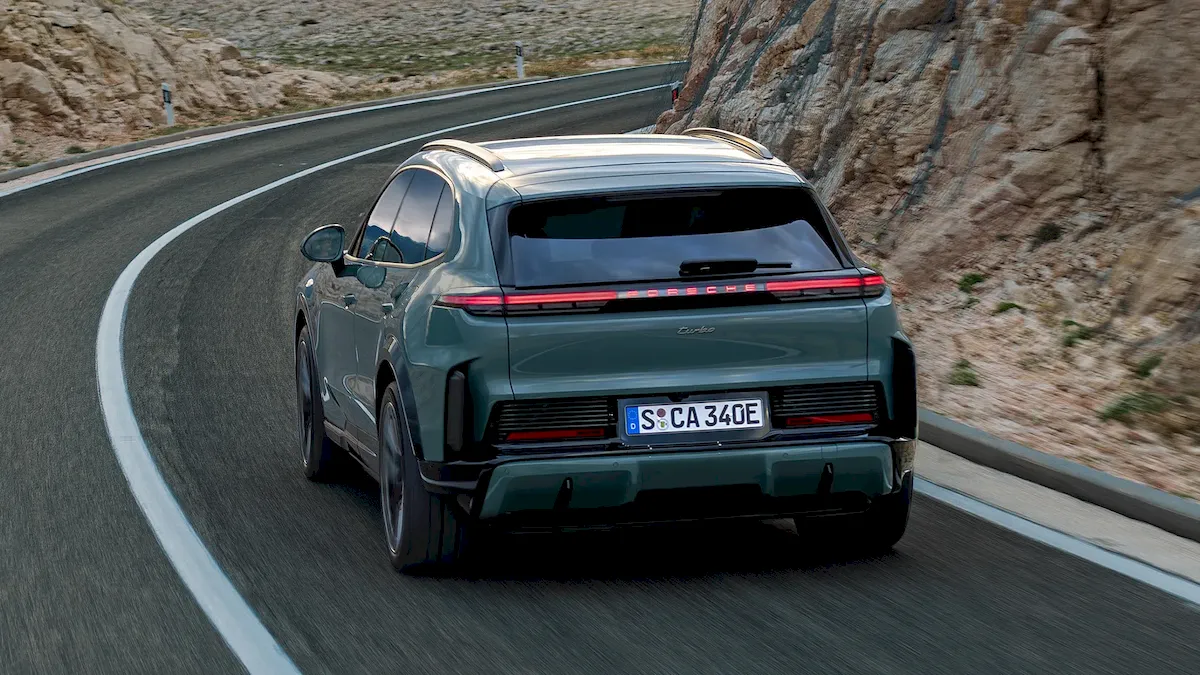
Porsche will offer two main versions at launch. The “base” Cayenne Electric produces about 294 kW (400 hp) and starts at €74,000 — roughly $86,600. The Turbo version comes in at €116,000 — about $135,700. Visually, the entry model borrows some cues from VW’s design language, especially in its wide rear light bar and horizontal tail graphics. The Turbo, meanwhile, carries a more aggressive, athletic stance.

The design is thoroughly considered. Up front, the merged LED headlights give the Cayenne a sleek, restrained look reminiscent of the Macan, helped by sculpted side blades. The lower bumper panels open and close depending on cooling and aerodynamic needs. Out back, a small pop-up spoiler sits on the tailgate, while hidden aero blades in the rear quarters deploy at speed to smooth out turbulence behind the wheels.
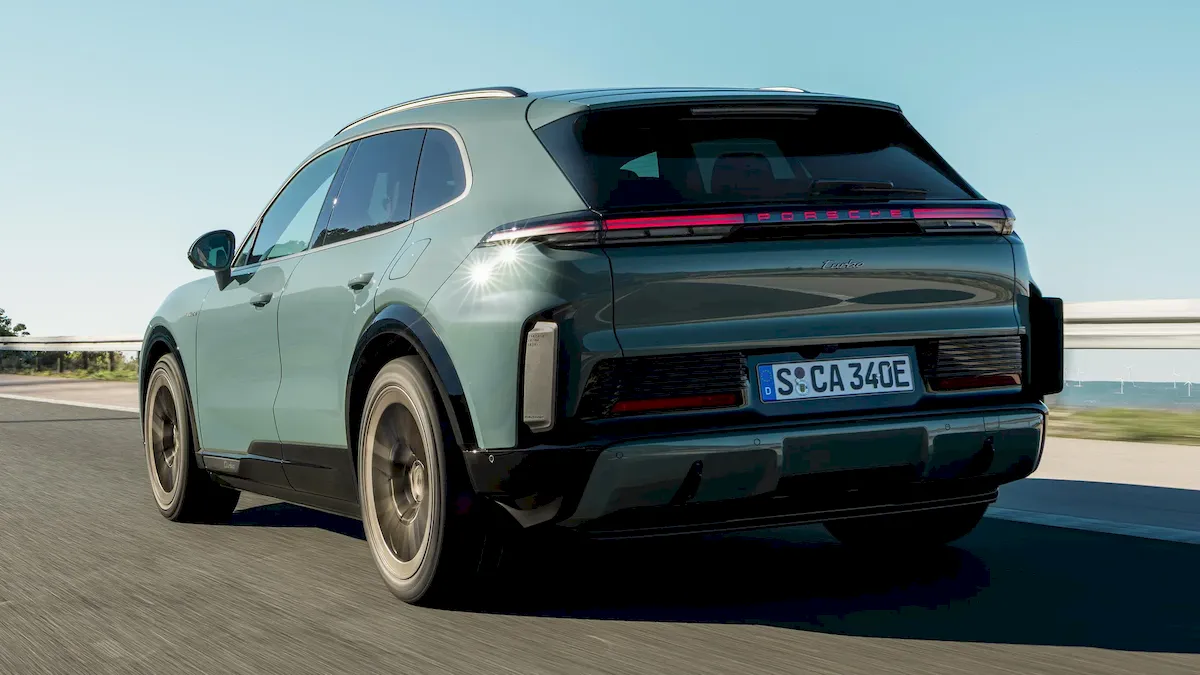
At the heart of the SUV is a 113-kWh battery (108-kWh usable). Unlike the previous generation, it can be heated and cooled from both sides of the pack. Range is rated at up to 640 km (about 398 miles) on the WLTP cycle. Thanks to 400-kW DC fast-charging capability, drivers can add roughly 186 miles in just 10 minutes, and a 10-to-80% charge takes only about 16 minutes. Wireless inductive charging will also be available as a factory option.

Inside, the cabin feels both futuristic and intentionally practical. A curved driver display blends into what Porsche calls its “soft screen,” which sweeps down into the lower center console. The curved portion houses key vehicle controls, while the main touchscreen (plus an optional passenger display) handles entertainment and navigation. A clever detail is the “Ferry Pad,” a small heel rest that stabilizes your foot so you can use the touchscreen precisely even on rough roads.

Tech features are plentiful. A smart digital assistant helps manage core functions, and a large head-up display projects navigation cues directly onto the road ahead. Porsche Electric Sound offers several acoustic “profiles,” including one inspired by a classic V8 rumble. A panoramic roof with phototropic elements adds a dramatic effect, and exterior light strips greet the driver or show charge status. Heated armrests and door panels are available, and a new suite of “personal modes” automatically tunes seat position, interior climate, and lighting to your preferences.
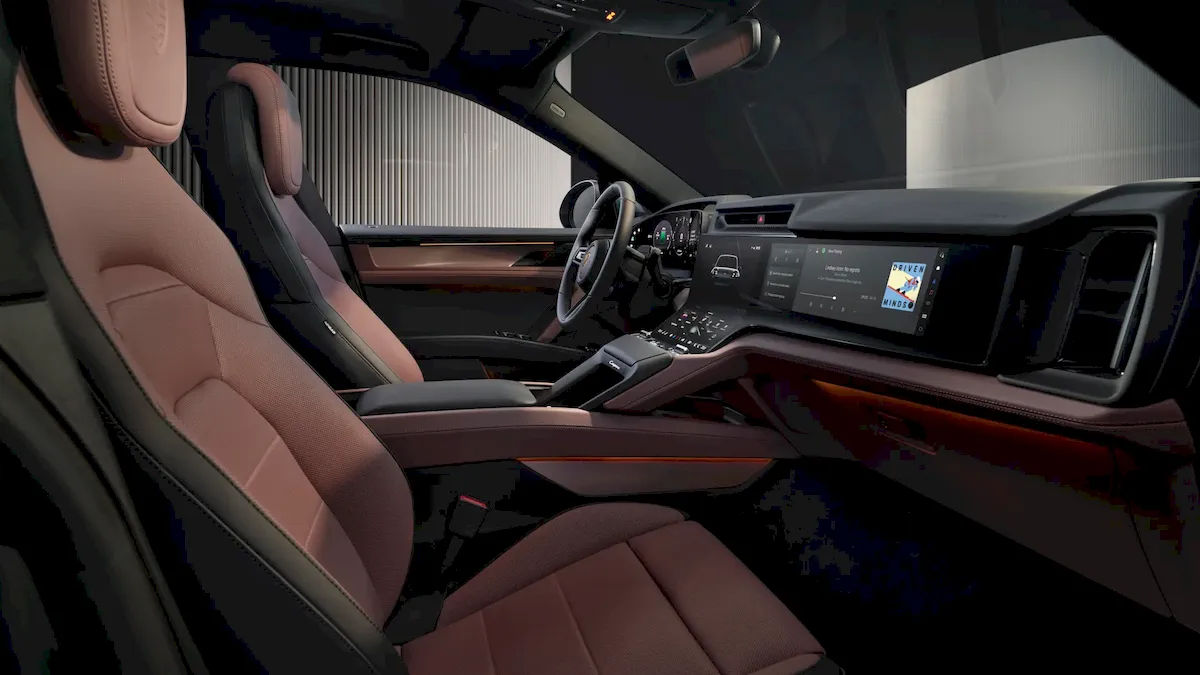
Space is another highlight. Rear passengers get both heating and cooling for their seats, there’s a sizable front trunk, and the main cargo area offers 781 liters (about 27.6 cu ft). For families with boats or trailers, the off-road package raises towing capacity to 3,500 kg (7,716 lbs).

Despite recent rumors suggesting Porsche might scale back its EV plans, the automaker insists it’s committed to electric development. That said, shifting regulations have pushed the company to extend the lifespan of its gasoline and hybrid models. The new Cayenne will still be offered with a twin-turbo V6, a V8 in the S version, and an updated E-Hybrid system.

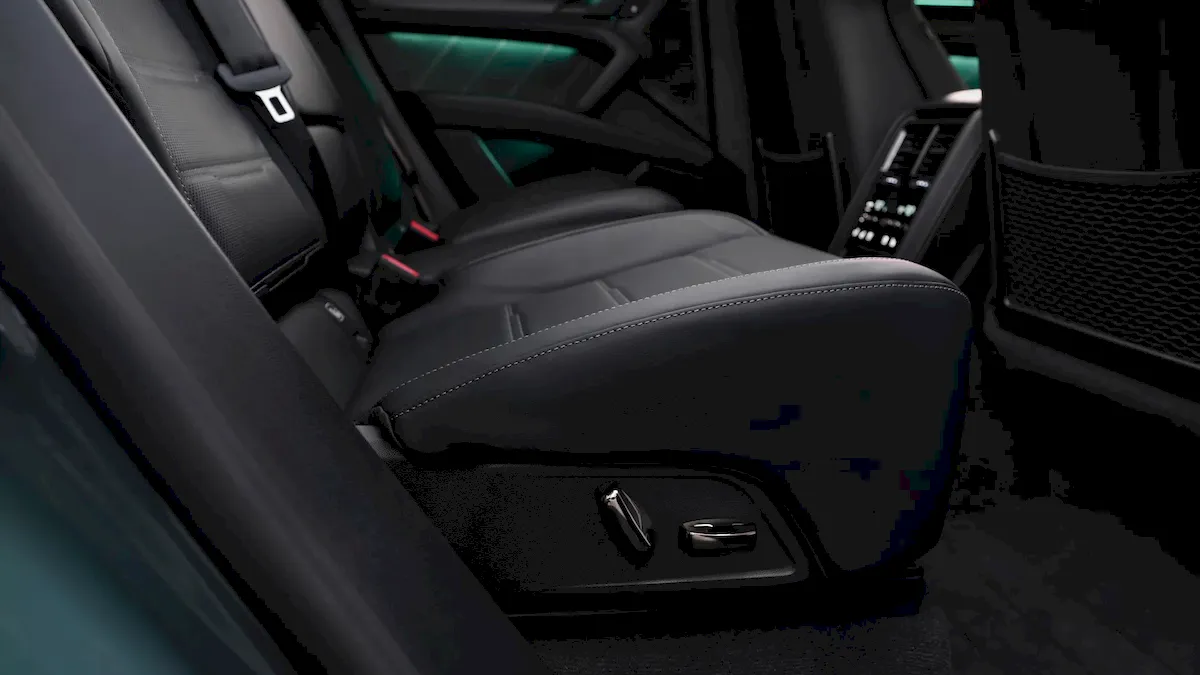
Porsche is also keeping gasoline versions of the Cayman and Boxster alive for now. The brand’s upcoming flagship SUV, positioned above the Cayenne, will debut with gas and hybrid powertrains first, with a full EV to follow later.
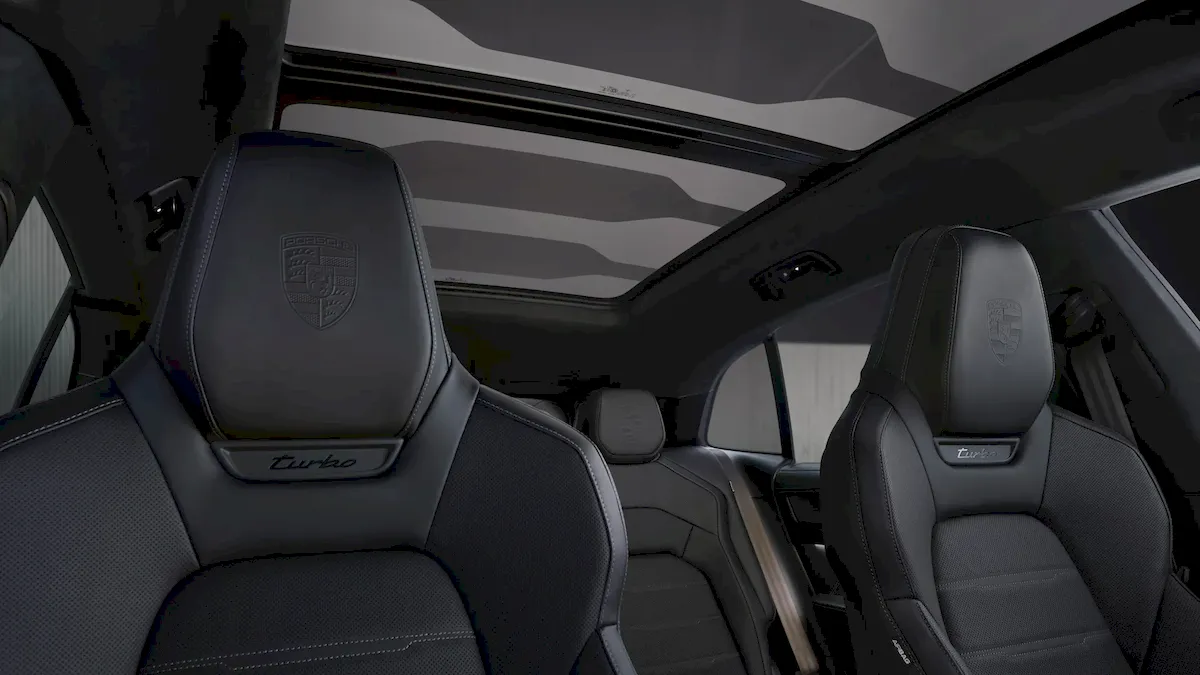
On the specs side, the numbers speak for themselves: the base model starts at €74,000 ($86,600), with the Turbo at €116,000 ($135,700). Dual motors deliver all-wheel drive, with peak output hitting 838 kW (1,140 hp) and 1,500 Nm (1,106 lb-ft). Range reaches up to 398 miles, and performance is wild — 0–62 mph in 2.5 seconds, 0–124 mph in under 10 seconds, and a top speed of 162 mph. The 113-kWh battery supports 400-kW DC charging, taking the pack from 10 to 80 percent in under 16 minutes, or adding roughly 186 miles in 10 minutes. AC charging up to 11 kW is standard, and the regenerative braking system can recover up to 600 kW — almost on par with a Formula E race car. Curb weight sits near 5,730 pounds, and with the off-road kit, towing tops out at 7,716 pounds.
You may also be interested in the news:

Top 5 EVs Disappearing From the Market Before 2026
Automakers are trimming their EV lineups as demand cools.

BMW's Electric SUV Concept Boasts 186 Miles of Charge in 10 Minutes
BMW unveiled the Vision Neue Klasse X in person for the first time in Guangzhou.

2026 Jeep Recon finally hits the market after three years of waiting
This is the fully electric body-on-frame SUV Jeep has been hinting at for years.
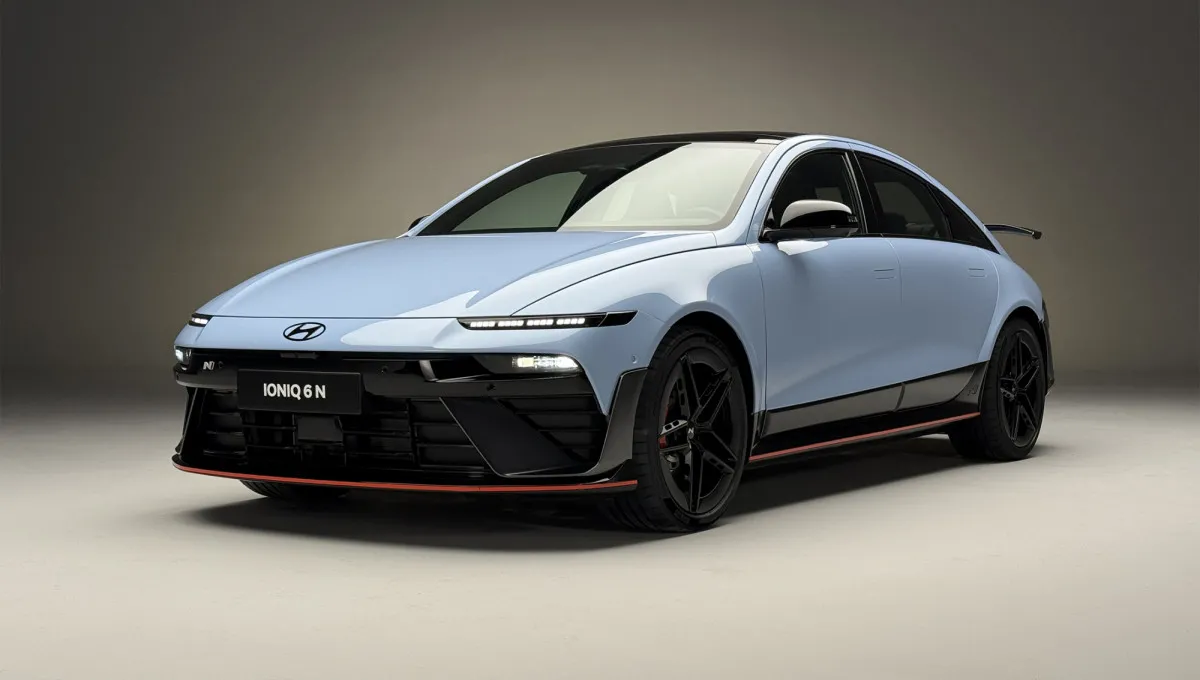
Hyundai Ioniq 6 N Makes Its U.S. Debut With 641 HP and Track-Ready Performance
The high-performance Hyundai Ioniq 6 N turned heads at AutoMobility LA — what’s behind the brand’s newest electric powerhouse?
